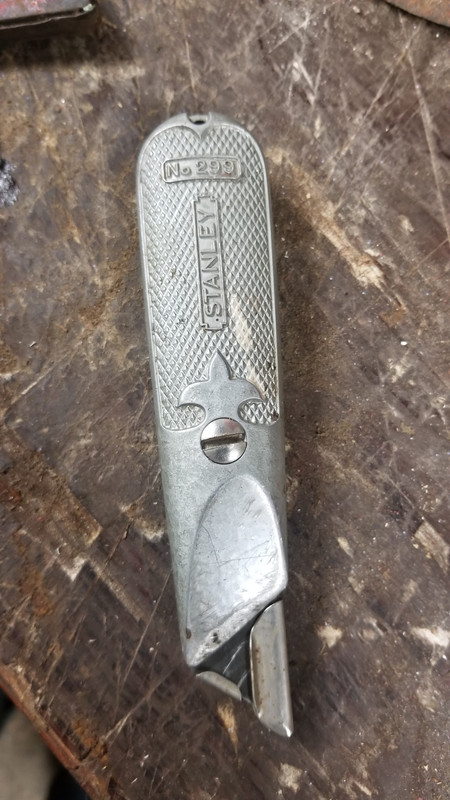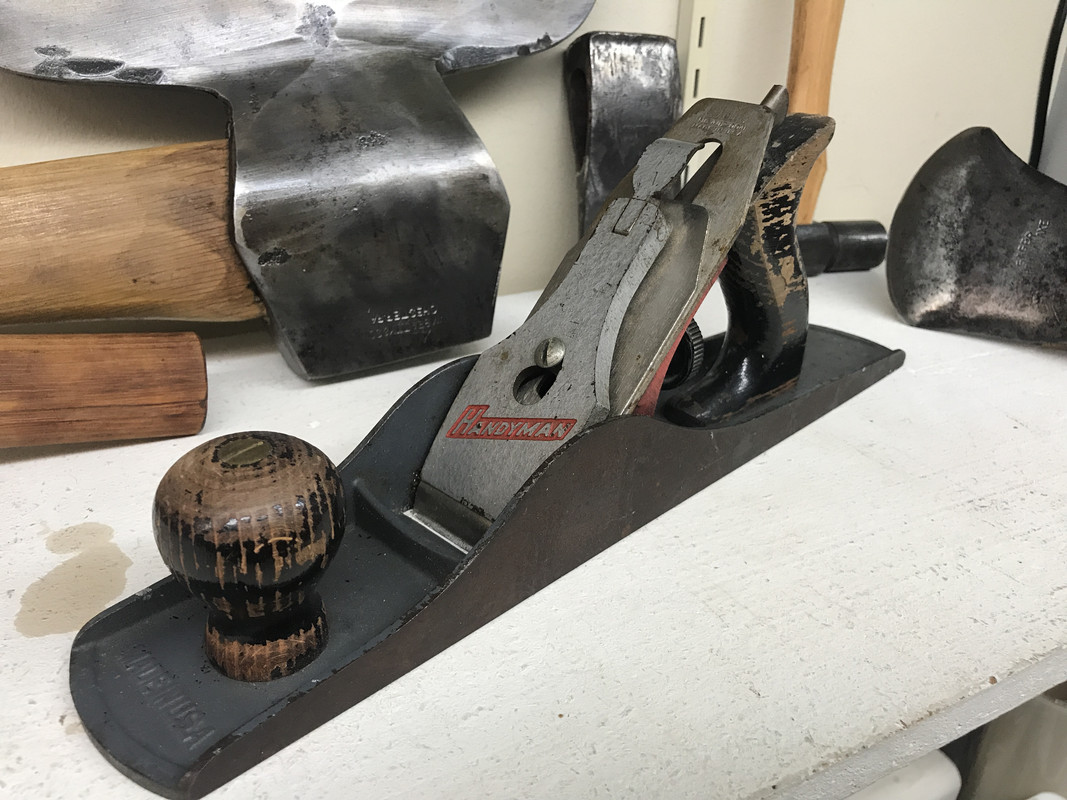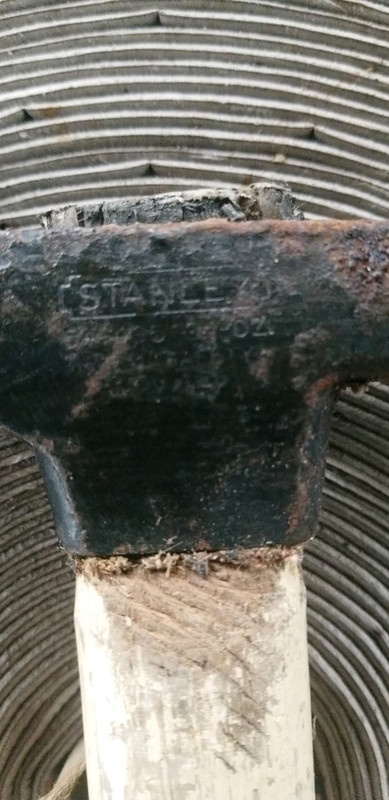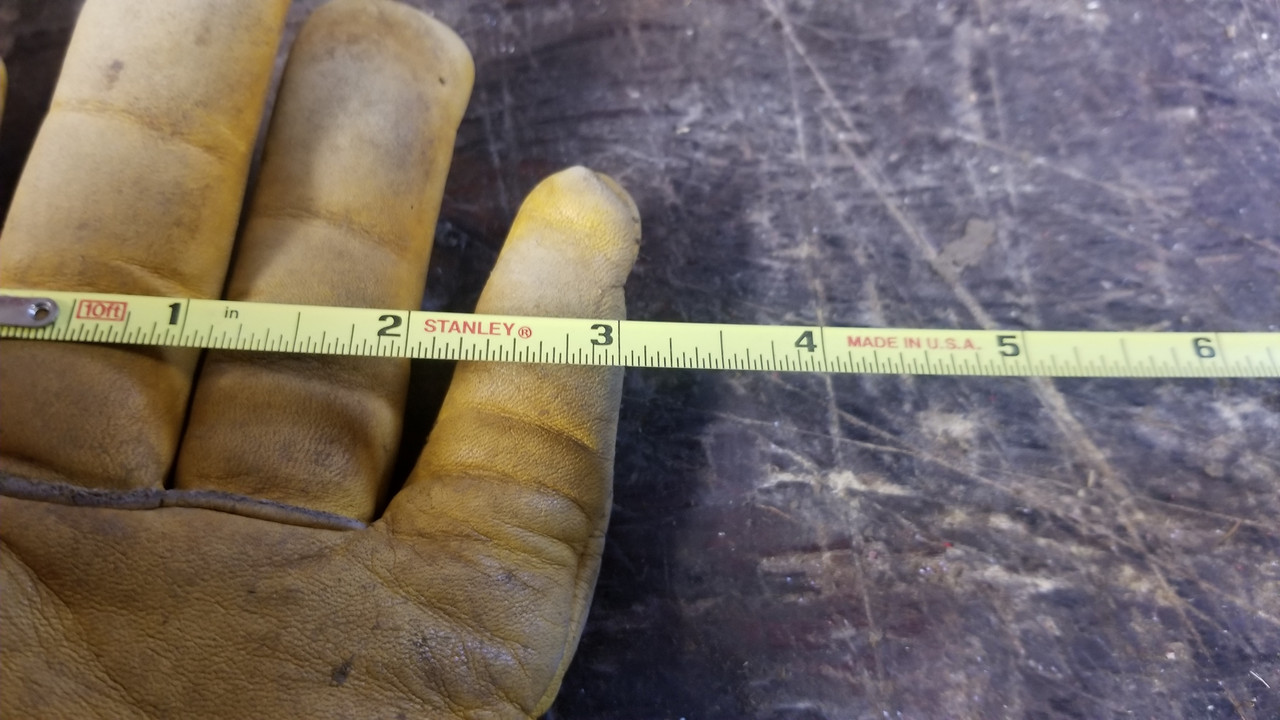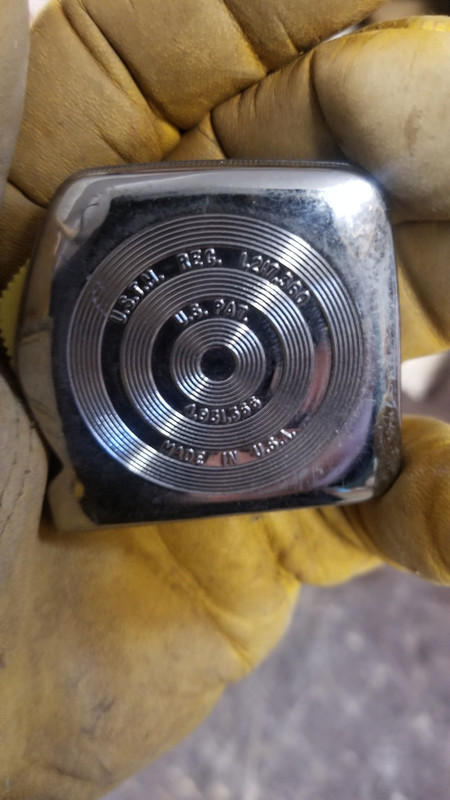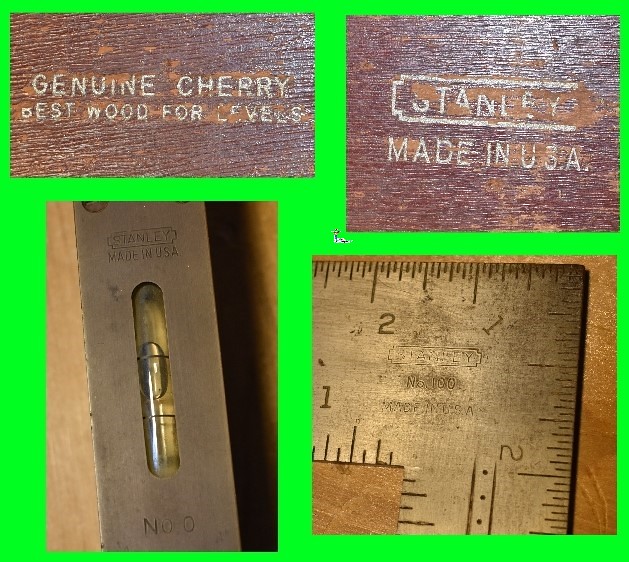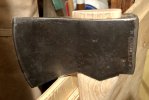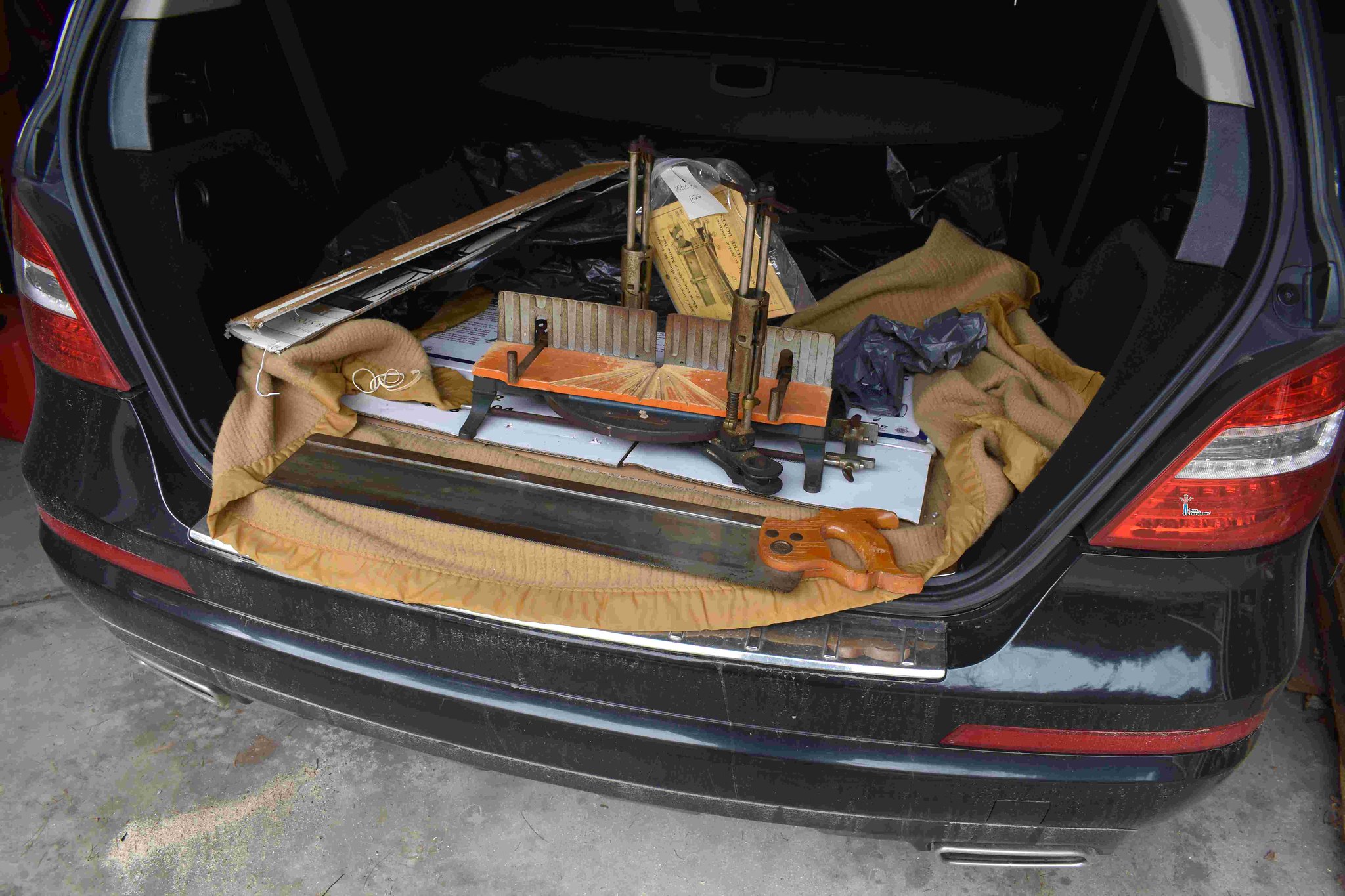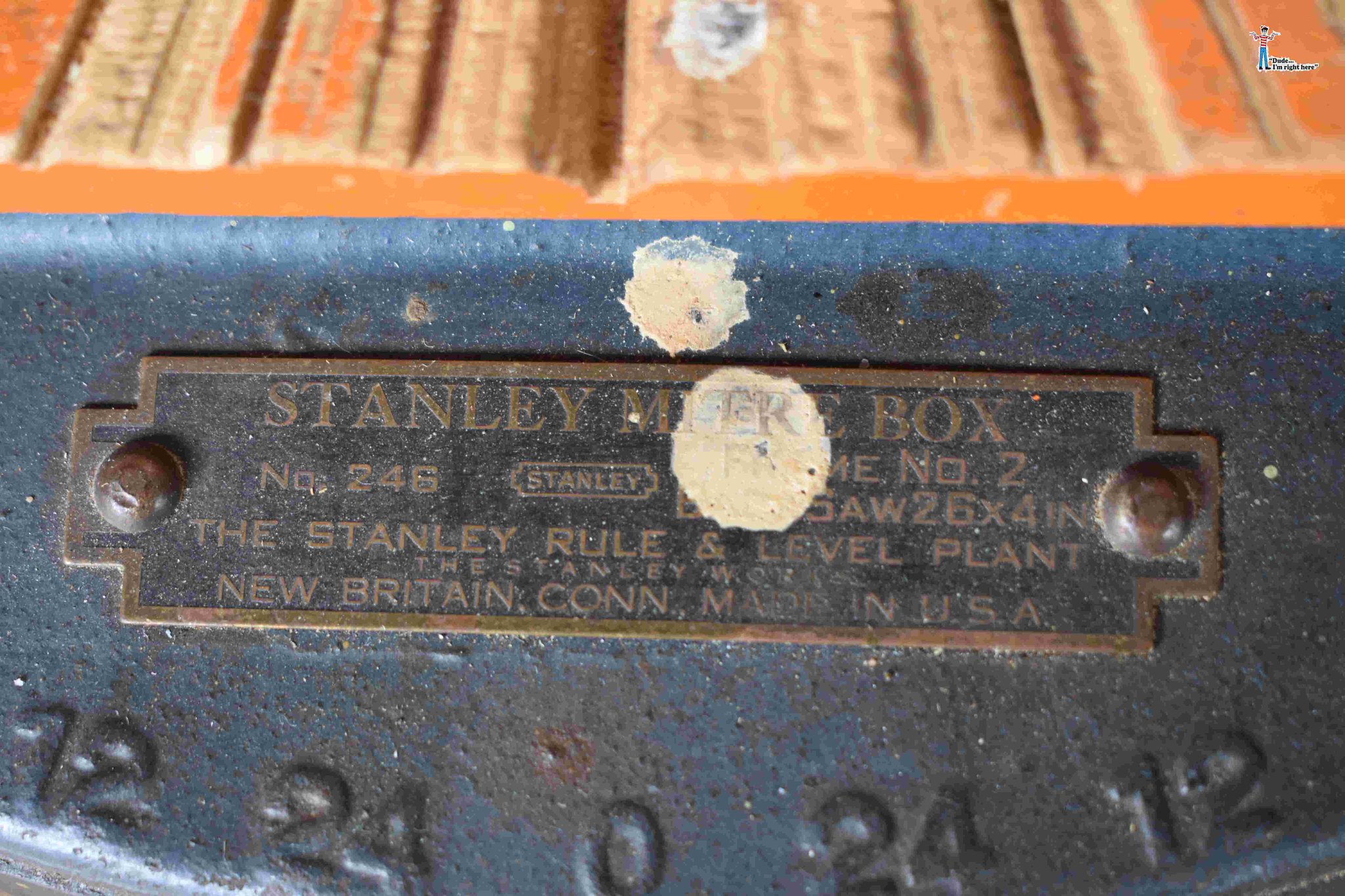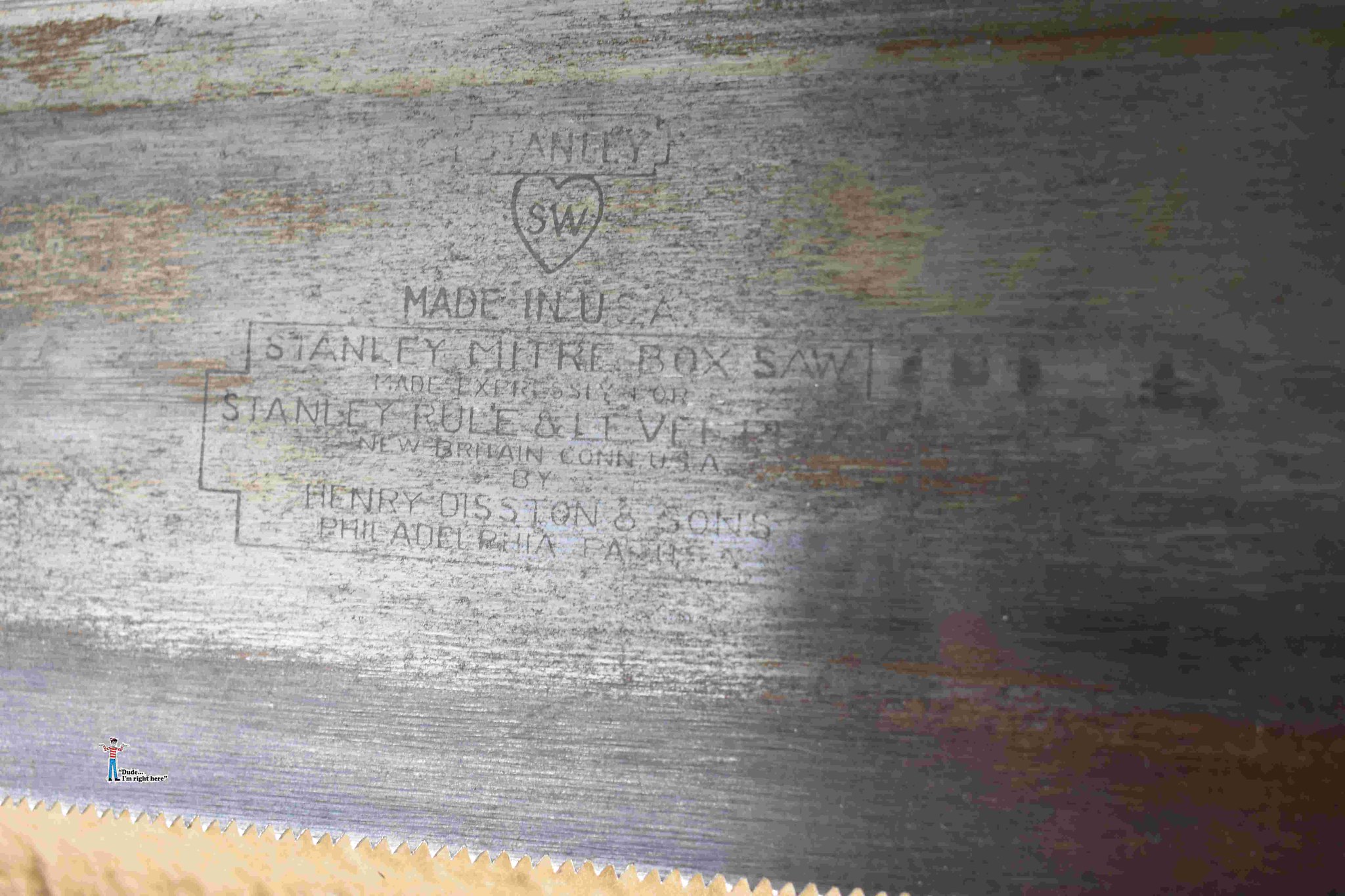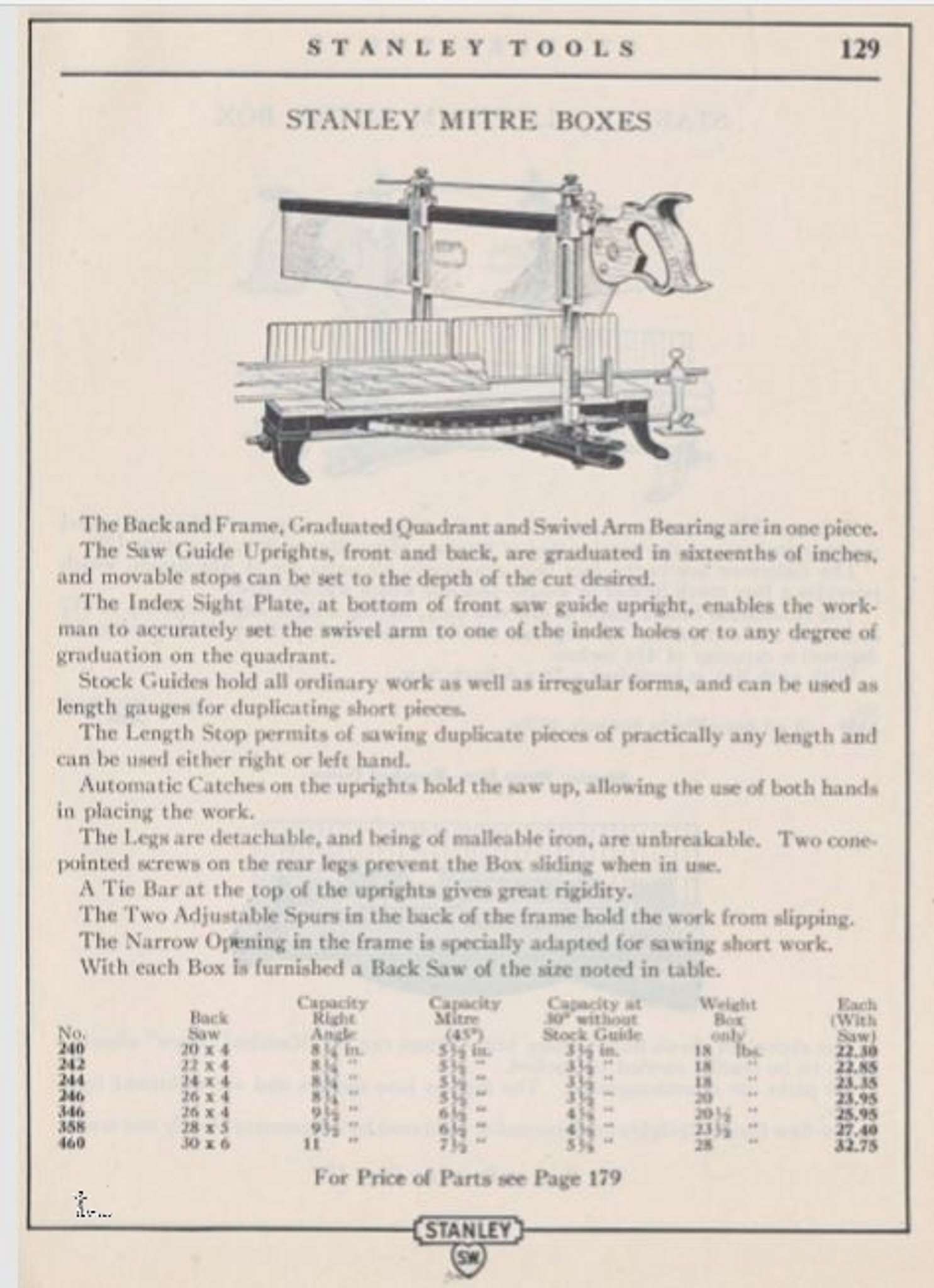- Joined
- Feb 1, 2012
- Messages
- 13,727
I've used a small Stanley block plane like that many times to fix doors. Sometimes a building will settle unevenly and the hinge side of a door frame will drop lower than the latch side. When this happens the latch side will rub on the header.
The low angle of these block planes work well on both the stile (cross-grain cut) and rail (with grain cut). I wedge the door in a convenient position and work from the latch edge toward the center to avoid chipping the veneer. I start by beveling the two sides, again to protect the veneer. Hold the plane at a 45° angle to the door corner and skewed up, yet again to protect the veneer. Once the veneer has been beveled then work the center down. The front edge can be worked down starting each corner and working in. Never let the plane exit over an end corner or it will tear the veneer. With a razor sharp plane it's pretty quick to remove 1/16" to 1/8" off the top of a door. Usually you could feather it out over 8-12 inches and that would get the door closing right. Then you might take the bevel back further just to give the illusion of an even reveal all across the top of the door.
Power planes are faster but they are noisy and they throw dust everywhere. And they are more likely to chip the veneer.
The low angle of these block planes work well on both the stile (cross-grain cut) and rail (with grain cut). I wedge the door in a convenient position and work from the latch edge toward the center to avoid chipping the veneer. I start by beveling the two sides, again to protect the veneer. Hold the plane at a 45° angle to the door corner and skewed up, yet again to protect the veneer. Once the veneer has been beveled then work the center down. The front edge can be worked down starting each corner and working in. Never let the plane exit over an end corner or it will tear the veneer. With a razor sharp plane it's pretty quick to remove 1/16" to 1/8" off the top of a door. Usually you could feather it out over 8-12 inches and that would get the door closing right. Then you might take the bevel back further just to give the illusion of an even reveal all across the top of the door.
Power planes are faster but they are noisy and they throw dust everywhere. And they are more likely to chip the veneer.

